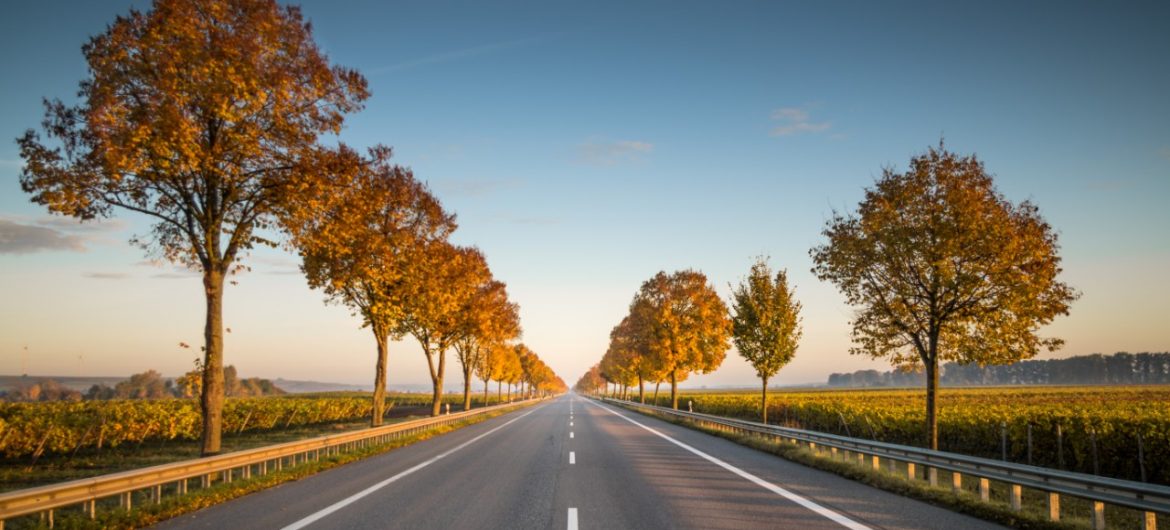Remote work and school are the norm in 2020 and it is changing travel trends. This new flexibility allows people to travel basically anytime.
According to Key Data Dashboard, the gap between summer and winter peak travel seasons are less pronounced. ‘Summer’ destinations are seeing people stay longer. Ski destinations are seeing increased August and September occupancy.
Airbnb is quick to capitalize on these new Covid-19 induced realities. Airbnb CEO Brian Chesky says its short term rentals are aligned with the way people are traveling and living now.
“We’re seeing a little blurring between traveling and living. Before the pandemic, you lived somewhere 50, 51 weeks of the year, and if you were so fortunate, you’d go on your once-or-twice-a-year vacation. Now the pandemic is changing how people want to work, travel and live.” Remote school and work unbind families from their homes. “People are living differently and people want to live anywhere,” he added.
Airbnb CEO Brian Chesky, The New York Times
Airbnb referenced a recent poll that indicated more workers desire to live and work anywhere if they are able to.
According to a recent Harris poll*, 74 percent of Americans already working remotely would consider taking a “work-cation” where they live and work somewhere other than their home for an extended period of time. And, nearly half (46%) of those working remotely in the US say that they have already used Airbnb to find a remote working destination.
In terms of geographical trends, according to the same survey, digital nomads in the US are looking to coastal states as their ideal work-from-anywhere locations. When asked to pick anywhere to work in the US, 20 percent of those surveyed picked California, 15 percent picked New York, 13 percent picked Florida, 12 percent picked Texas, and 11 percent picked Hawaii.
Airbnb’s positioning as the travel lodging company for the nomadic workforce is hard to miss in its marketing materials, such as this guest testimonial.
“We work from our computers a lot, so we spend more time in our Airbnb than most. Being comfortable and having the right amenities are crucial and having the ability to choose from what seems like an endless amount of options on Airbnb is one of my favorite things to do as the “travel planner.” Last year, we spent every month in a new country staying at Airbnbs, and now we spend every month in a new city in the US at Airbnbs. Traveling within the US has been really eye-opening, as we haven’t seen very much of it yet.”
Lauren Z. Ray, Airbnb guest
Airbnb is also encouraging families to be nomadic. It is promoting ‘roadschooling‘ to get families traveling now that online learning is the new reality for most students.
For families who have the flexibility and the opportunity to be remotely connected, many are hitting the road with their books and laptops in tow to explore nearby destinations. In August, over half of family travel was for bookings made within 50-300 miles from origin destination.
The average length of stay has increased, but it is not clear how long this new way of travel will last.
Whether travel truly turns into nomadism remains to be seen, though the average length of stay since May 1 increased 58 percent to more than four days, and fall bookings are stronger than usual, according to AirDNA.
The New York Times





